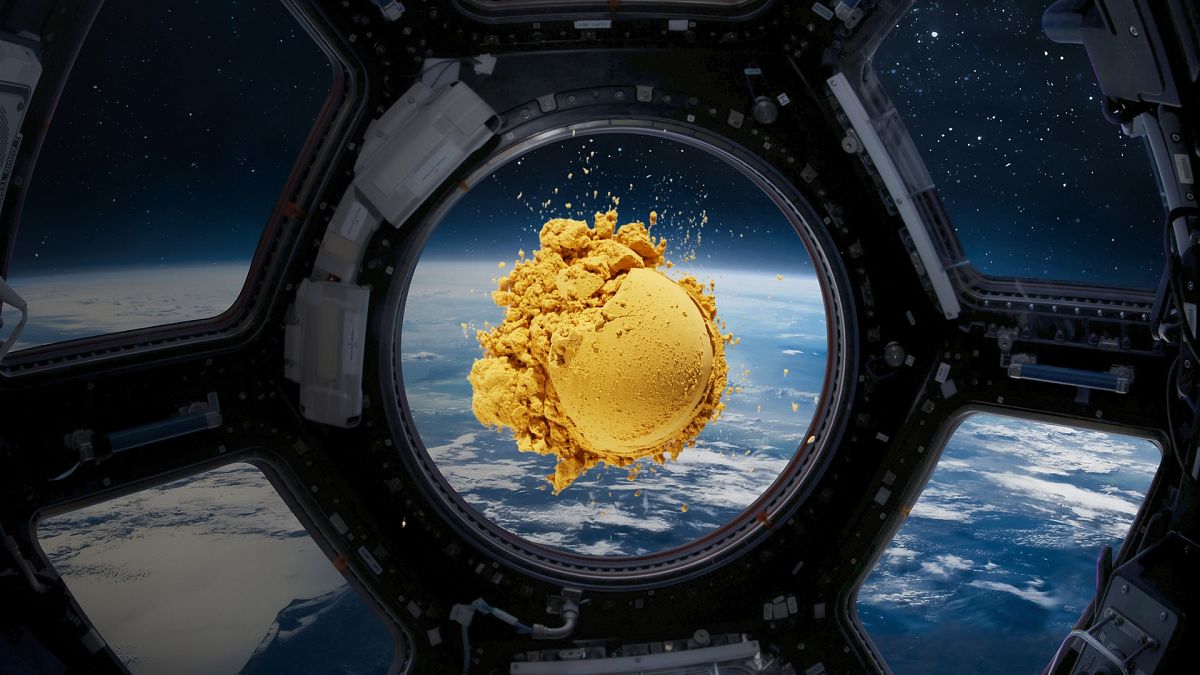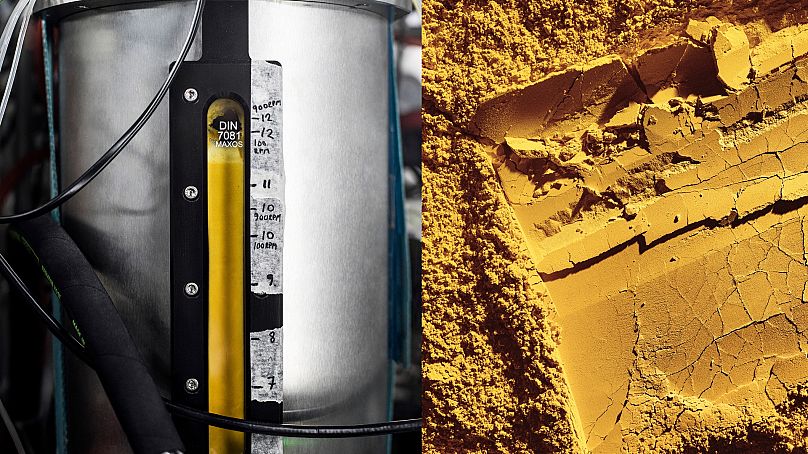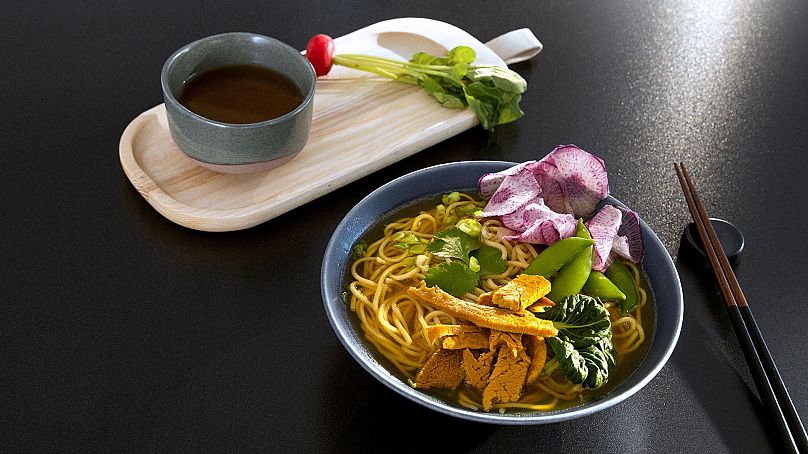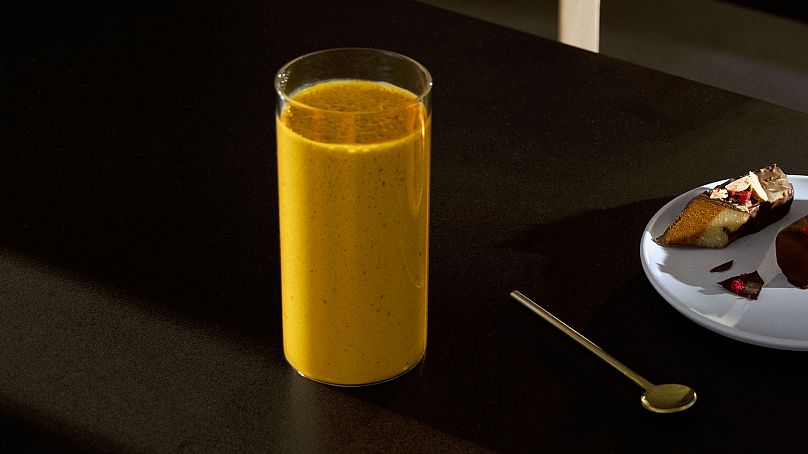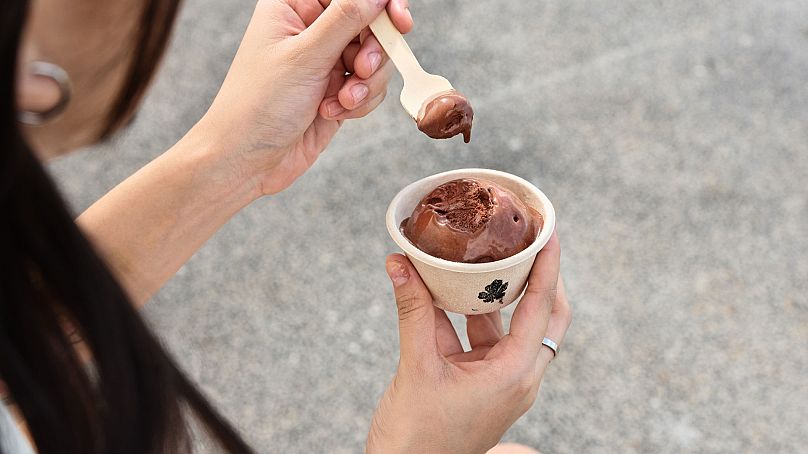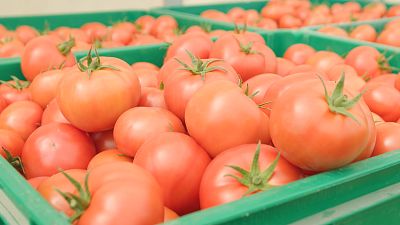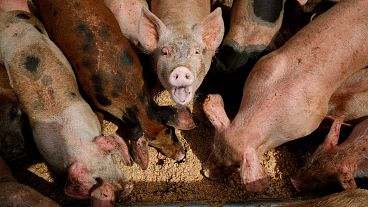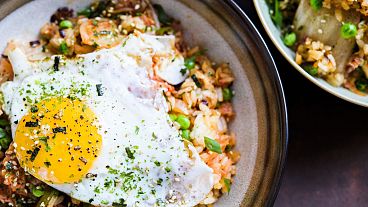Finnish foodtech firm Solar Foods makes microbial protein using just hydrogen, CO2 and electricity. Could it help astronauts get to Mars?
Sending humans to Mars is a monumental challenge, with countless variables to take into account to ensure the crew’s health and safety.
But one of the most important ingredients to a successful deep space mission is often taken for granted: food.
“If you just look at the history of exploration or long sea voyages, it's food that can make or break the success of those endeavours,” says Ralph Fritsche, NASA’s space crop production manager. “The quality of the food system is the first line of defence for crew health and performance.”
But it’s not enough to simply plug astronauts with flavourless calories that will keep them alive – maintaining morale on a long journey is primordial, and good food helps keep astronauts happy and healthy.
“One of the things we’ve learned along the way is that if astronauts do not like the food, they won’t eat it,” Fritsche told Euronews Culture. “And if they don’t eat it, they lose weight. So the variety of flavour, texture, all that is key.”
Rising to the challenge of food production in space
Figuring out the food problem is a major priority as NASA aims to launch astronauts to Mars by the late 2030s or early 2040s, on a trip that could take two to three years to complete.
It’s one of the reasons NASA and the Canadian Space Agency (CSA) launched the Deep Space Food Challenge (DSFC), inviting the public to present food solutions for long-haul manned missions that require minimal resources, produce minimal waste, and provide safe, nutritious and tasty food.
Solar Foods, a Finnish foodtech company, is one of two European winners of the DSFC’s Phase 2. Their solution is called Solein, a sustainable protein source that the company says is made “out of thin air.”
Solein is produced using only electricity, carbon dioxide and hydrogen – all of which are readily available on a spacecraft (astronauts have to breathe, after all).
These inputs, along with some minerals, are put into a bioreactor and fed to a microbe that grows and multiplies, producing a form of protein that can be dried into a powder and used as an ingredient in a variety of recipes.
The process can be likened to fermentation of yeast (think of sourdough starters), except instead of yeast this process uses single-cell organisms that are found in nature on Earth. And instead of feeding them sugar, it's feeding them tiny gas bubbles.
“On Earth, we make Solein as a food ingredient to replace egg or milk, for instance, because it doesn't have a particularly strong taste on its own so it blends in with many foodstuffs,” says Arttu Luukanen, the Senior Vice President of Space & Defense at Solar Foods who has led the team participating in the DSFC.
“It would be a similar approach in space,” he told Euronews Culture. “We can actually utilise various techniques to turn Solein into sort of a meat-like jerky product that resembles meat, add some flavours, maybe some oils that could either be produced onboard from the plants that are grown, or stored.”
Another advantage to making Solein in space is the fact that one of the byproducts of its production is water.
“The bioreactor actually does not only produce food, but there’s water that comes out of the pipe,” Luukanen said. “And we argue that we could save 1200 kilos of water in addition to producing food onboard.”
No single solution to feeding astronauts on a long space mission
While the Deep Space Food Challenge was billed as a competition, it’s nearly impossible to find one solution to all the problems related to food on long-haul space trips.
“It’s not going to be one solution,” Luukanen confirmed. “It’s going to be an essay of solutions, because ultimately what you would like to do is develop a few dozen recipes that are different enough to give the variability in the food over those two years, so the crew doesn’t go mad and they get everything they need to stay alive and thrive.”
Luukanen said that an easy way to think of the way Solein could fit in with other foods in space is that "they're making the salad, we're providing the dressing." While protein is an important part of a balanced diet, astronauts would also need carbohydrates like fruits and vegetables.
Fritsche, who was one of the judges of the DSFC’s Phase 2, said the most surprising thing about the challenge was watching this kind of collaboration and exchange, and seeing how different competing teams built off of each other’s knowledge to improve their products.
“Even though different teams may not have won that round of the challenge, they had an aspect or a component or a process that another team who did win could take advantage of,” he said. “I think going into this, I had expected that it was going to be one versus another. But what's really the output, hopefully, is that you have multiple teams adding up to make a better solution.”
Fritsche said that in the short-term, we're more likely to see foods being integrated into a Mars mission that don't need to be cooked or processed, like fresh produce or mushrooms. But further down the line creating sources of protein onboard is something NASA is looking at as well.
Lessons from space that can be applied to Earth
Fritsche was one of the judges who visited Helsinki to review Solar Foods’ submission, and taste a “Space Shake” made from Solein powder and fruit. He said what struck him about the company was its commitment to building a solid and scalable terrestrial business.
“What I really appreciated about what they were doing was the fact that they had what appeared to be a really good terrestrial business model case,” he said. “They stand out as a real positive aspect of us (NASA) trying to canvas this newer technology arena and see how we can take some of these ideas and incorporate them as solutions for spaceflight food.”
Luukanen said that despite thinking about applications in space, Solar Foods' focus is still producing Solein for people to consume on Earth. But there are valuable lessons to be learned from a challenge like the DSFC.
"Space is the ultimate, ultimate test for a circular economy," he says. "I think living by the same philosophy on the planet here might not be such a silly idea, to try to close these loops that we currently are running open-ended. So that we could recycle more of the things that we waste and produce added-value products, whether it's food or materials from these wastes."
As the Earth gets hotter and hotter, sources of protein – like Solein – that use less resources and produce fewer emissions than animal proteins are becoming more mainstream.
Solar Foods received regulatory approval to sell Solein in Singapore last year. A local Italian restaurant started selling the world's first Solein chocolate gelato, replacing the eggs and milk with Solein to make a product that's entirely vegan.
Europeans will have to wait a while longer. Luukanen says the firm hopes to receive approval to sell Solein in the EU by next year.
